Affiliate links on Android Authority may earn us a commission. Learn more.
Master of Nothing: Carl Pei on the business of hype, and building an ecosystem
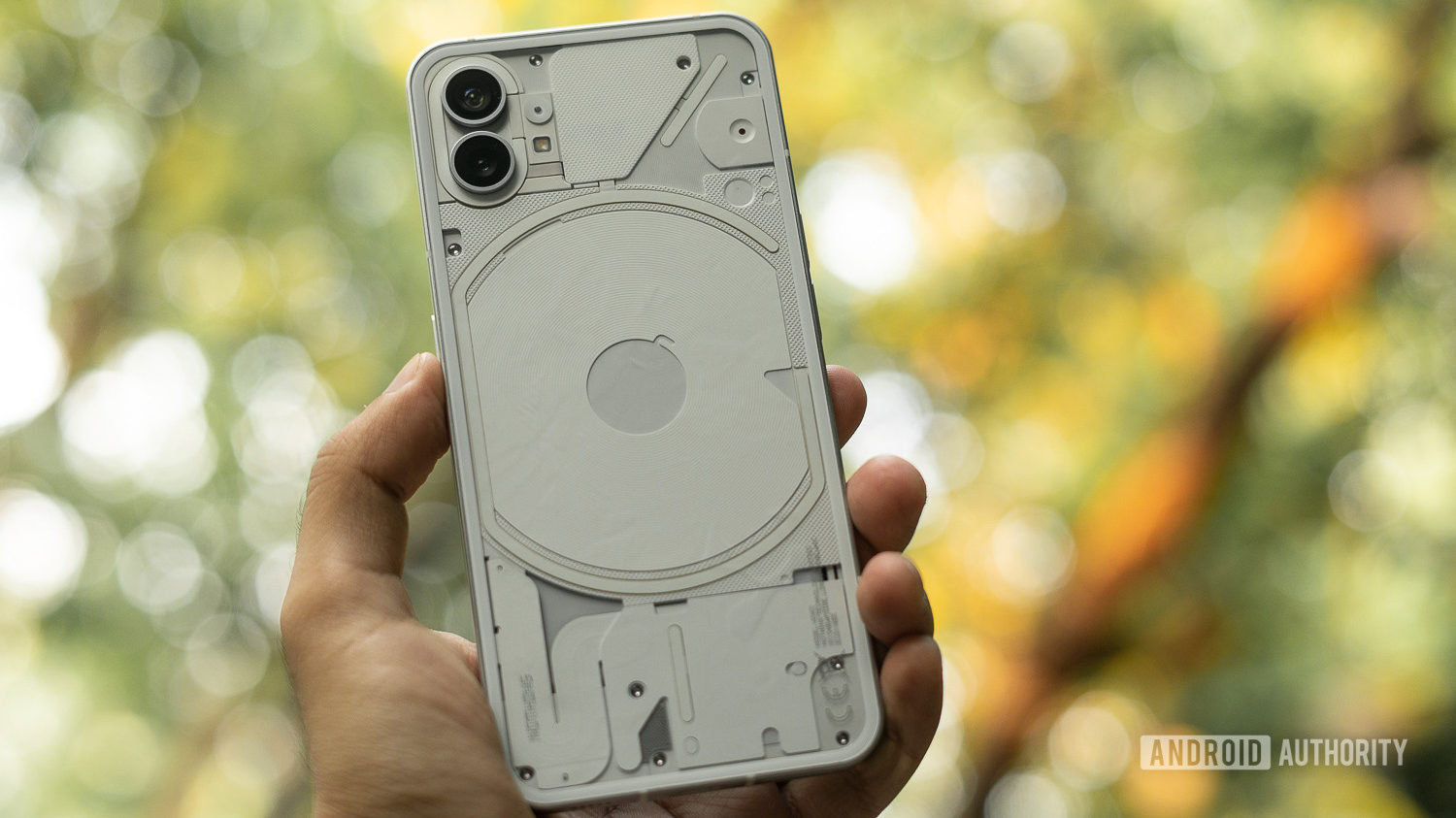
Smartphones today are a firmly established commodity. Components are democratized, and so are consumer expectations of what makes a phone great at various price points. The best foldables and camera phones add some excitement to the mix, but to shake the status quo would take a dramatic shift from the existing options on the market. Do we really need another player to do more of the same?
However, Carl Pei, the co-founder and CEO of London-based startup Nothing, believes that in the chase for specs and performance, brands have set aside creativity and tech as art.
Android Authority had the opportunity to sit down with the OnePlus and Nothing co-founder to discuss the business of hype, building with a design-first approach, and the challenges of selling a phone in an ultra-competitive landscape where most other startups have failed.
Building a brand
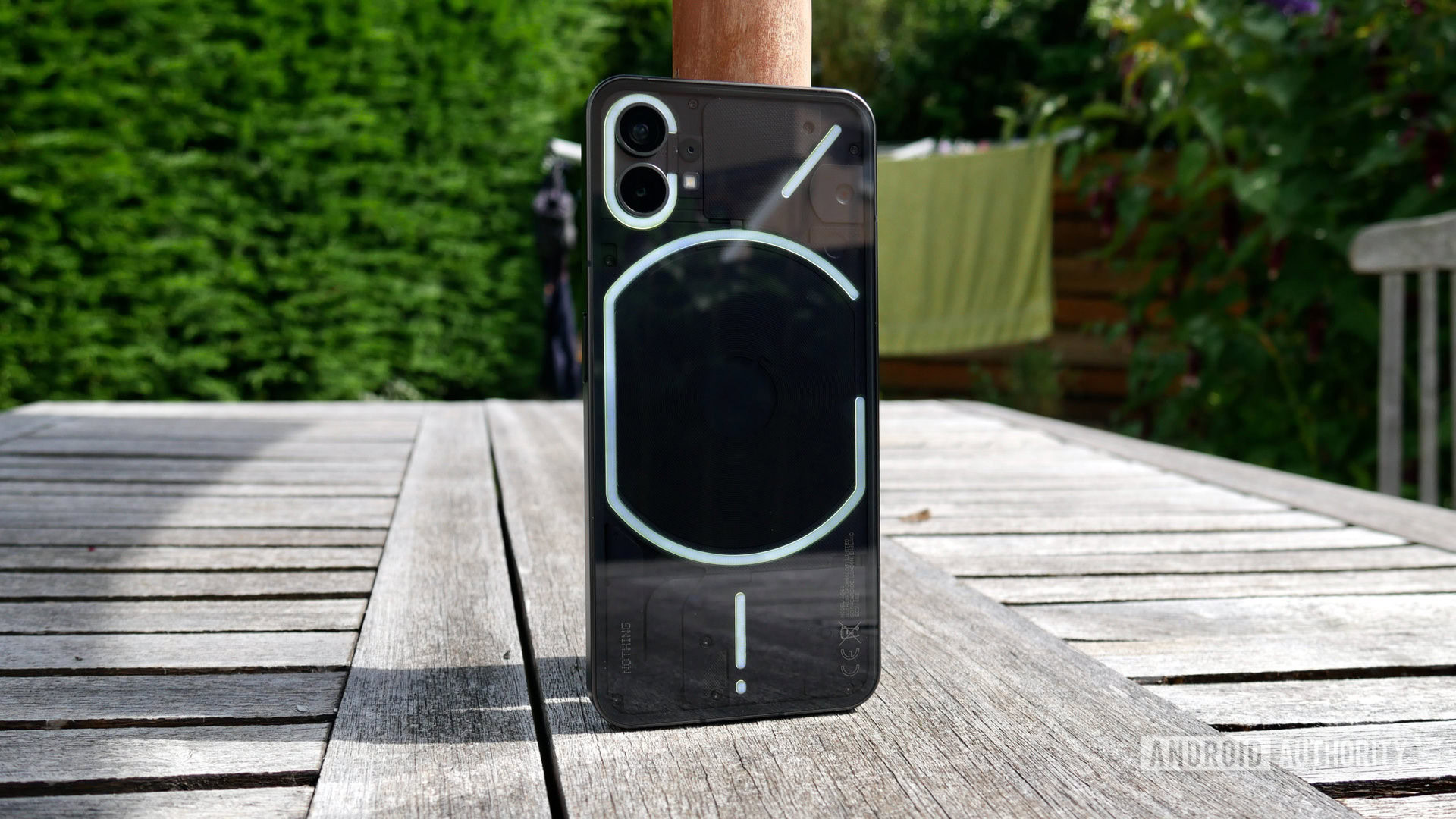
Ever since Nothing hit the internet, it has taken the mantle of this generation’s scrappy upstart. The company has developed a fervent base of fans and critics, but there’s little doubt that the hype building has paid dividends in terms of visibility.
However, technology runs in circles, and the startup is far from the first to crack the industry with a fresh perspective. We’ve previously seen Android co-founder, Andy Rubin, attempt a similarly design-centric approach with Essential. Amazon’s Fire Phone, too, tried to upend smartphone usage with a 3D interface. And then we had the likes of Nextbit that took a cloud-first approach to technology.
None of those phones hit the mark. Neither could giants like HTCand LG, who couldn’t successfully navigate a rapidly evolving market. The fact of the matter is that the smartphone market is largely geared toward optimizing value and specs. So how exactly does Pei plan to cut through the noise?
Using hype to cut through the noise, Pei hopes to give his products the best chance at success.
According to Pei, it’s all about taking your chances. Nothing’s brand has become synonymous with marketing hyperbole and follows a formula that Pei is well versed in from his time with OnePlus. Leading up to the launch of the Nothing Phone 1, marketing teasers set the phone up as the next big consumer tech revolution. What we got instead was a decidedly mid-range smartphone with potentially niche appeal.
If you deliver a good product, it’s a bet that’s worth it. If it was a bad product, you failed. Yeah, the other decision is like, let’s not create buzz — and if you create a good product nobody will buy it because nobody will know about it. If you get a bad product, you fail. So the only chance is to create the buzz and a deliverable product.
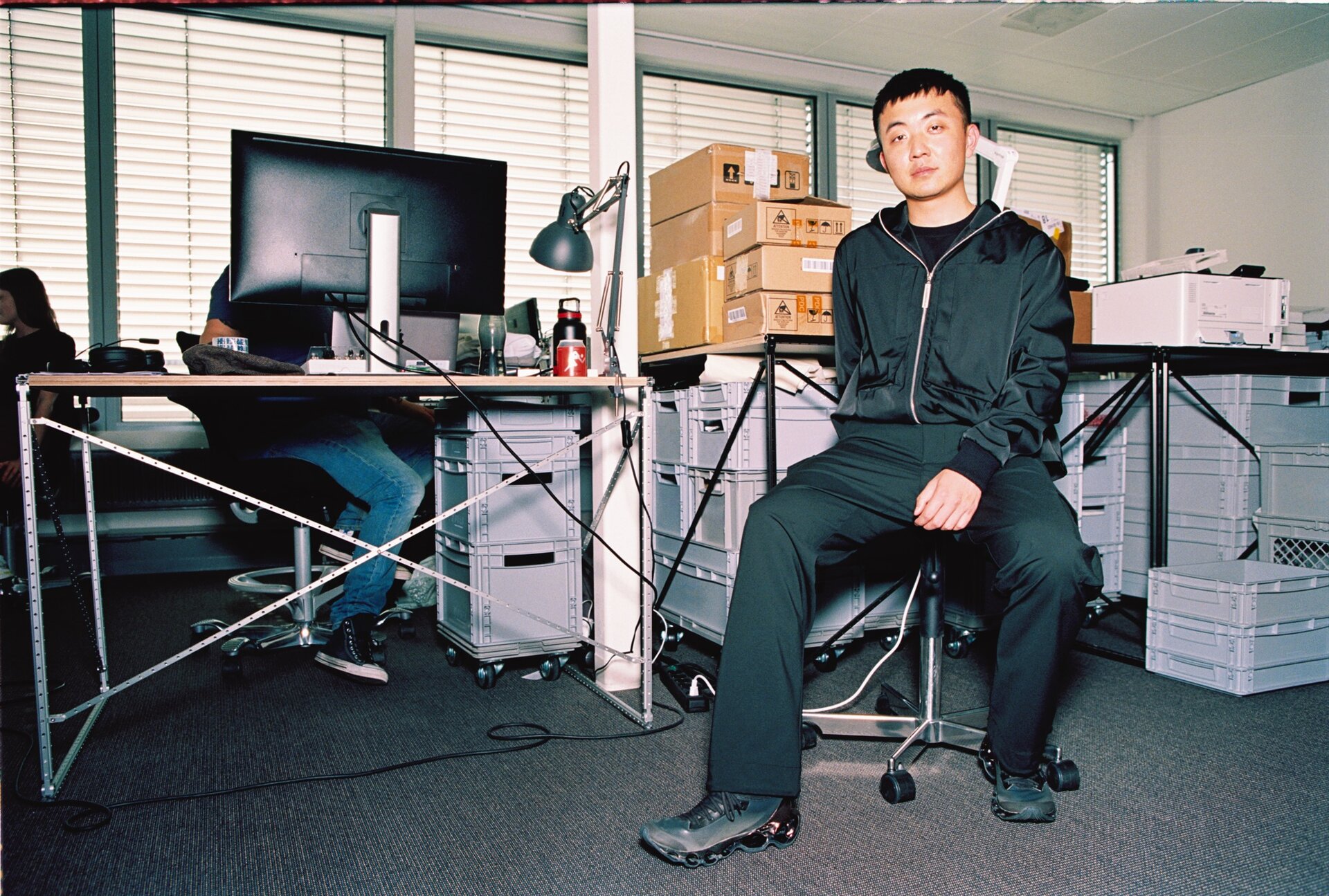
Despite that, Pei remains nonchalant about feeding the hype. Pei believes that the viral marketing campaigns gave the company a chance to prove itself. It’s a rather simplistic argument to make, which would hold true if Nothing was a no-name entrant into the industry. However, by all accounts, Carl Pei’s legacy with OnePlus alone has done more to draw interest in the brand than what most newer players enjoy. He continues, “When we have a marketing budget to do more out-of-home campaigns and stuff like that, perhaps we can tone down the online stuff.”
Pei envisions Nothing as an alternative ecosystem to Apple.
But is it all marketing bluster, or is there some substance to be found here? We quizzed Pei on what he believes Nothing is out to achieve. Pei has a definitive answer to that: an alternative ecosystem to Apple.
The opportunity we see is to create an ecosystem alternate to Apple. So I think looking at Apple will be a good step. […] Fifteen years ago, if you were in a cafe, you felt special, with the glowing Apple logo. Oh, I’m different from everybody. Everybody is just using a PC. I’m a creative, everybody is a suit. So that was like 15 years ago, but today Apple is so successful that they need to target everybody there is. Everybody uses Apple. They’ve become what they tried to fight against.
That laser focus on having a unique schtick that remains memorable reflects in the common line of design running through the company’s two products so far. Both the Nothing Ear 1 and the Nothing Phone 1 have established a transparent look, leaving nothing to the imagination as the underlying theme for the company’s industrial design.
We want to create a more timeless design language by moving away from Apple and creating consistency.
Taking potshots at competing brands, Pei says that if you were to place a bunch of Android phones on a table, most customers wouldn’t be able to distinguish between them. While companies are generally willing to switch out design languages every few years, Pei believes that establishing a design language takes years. He adds, “You can’t just do it for one product and then go away.”
Same, same, but different
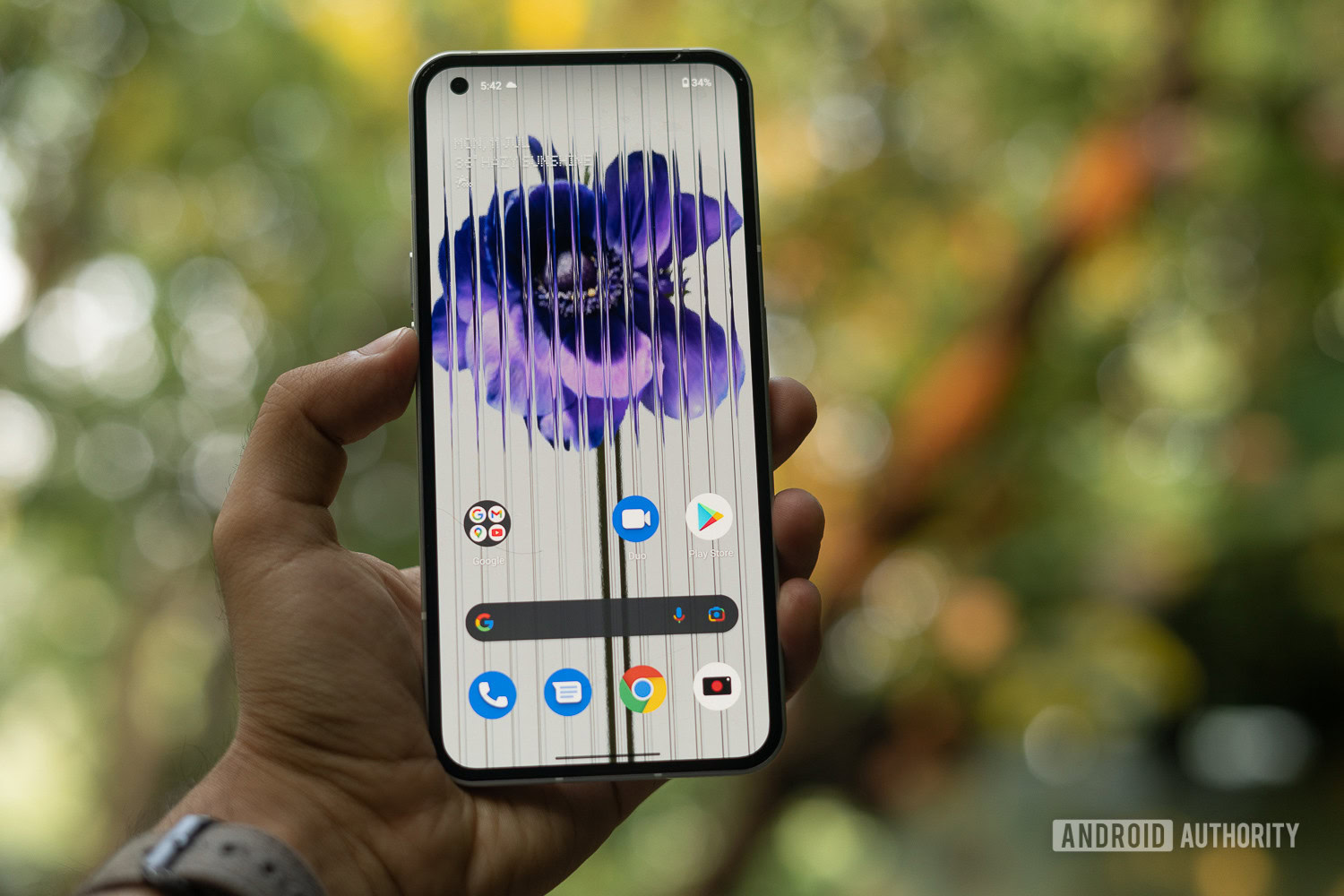
Talking about the common trend of Apple setting the pace for design amongst Android smartphones, Pei continues, “If you copy Apple, then your design will also be very easily identified to that period in time, whereas if you do something different, it’s hard to peg you to a date. So we want to create a more timeless design language by moving away from Apple and creating consistency.”
It’s almost ironic then that the Nothing Phone 1 doesn’t stray too far from Apple’s shadow. Placed next to an iPhone, the inspirations are obvious. Be it the hard edges, the phone’s dimensions, or the hardware’s general ergonomics, the inspiration is unmistakable. The two phones are remarkably similar in look and feel to the point that it has to be deliberate.
For all its talk of uniqueness, the Nothing Phone 1 doesn't stray too far from where the Apple falls.
But that’s before you flip the phone over. The transparent back looks cool, but the sci-fi LED strips kick it up a notch and directly appeal to a very fashionable millennial audience looking for a phone that works just as well as a tech wear accessory. It also gives more context to the edgy marketing employed by the company.
Nothing’s StockX collaboration and placement amongst design influencers were aimed directly at grabbing eyeballs amongst users who care more about the look of the phone than its spec sheet — ironically, the same audience that is more likely to carry an iPhone than an Android device. But despite the design-centric approach, Pei doesn’t want to call the Nothing Phone 1 a fashion-forward phone. He continues, “I’m not sure we are fashion because fashion comes and goes, and you have to reinvent yourself every couple of months. Hopefully, we are a bit more long-term than that.”
I think for us it’s about defining who our users are and trying to you know, go after them versus becoming the biggest in terms of shipment volume.
So who exactly is Nothing’s audience? Following the Apple playbook, Nothing’s goal is to build aspirational devices. It wants to target high-value, design-conscious customers who would be willing to splurge on software upsells and add-ons. Pei adds, “I believe that if we target those users who use those very cheap products, we’re not going to be able to build a healthy company. In the future, if we have software that requires a subscription, they’re not going to pay for it.”
Pei's target definition of Nothing's audience seems to be at odds with the actual product offering.
A very interesting statement to make, considering that Nothing’s first two products have been decidedly affordable options targeting those same mid-range customers. In fact, it’s the same customer set that championed Pei at OnePlus as well for its clear focus on bringing great specs at a great price.
Related: Nothing’s first phone isn’t a flagship and that’s a good thing
Despite Pei’s claims that a product is more than its specs, features, and version numbers, a sentiment that I personally agree with, a high-value demographic certainly has its eyes on those flagship specs and perceived brand value. Clearly, going up against Xiaomi and the broader BBK portfolio would be foolhardy, but by and large, those are the brands that Nothing is competing with. While brand value takes years to build, it remains to be seen if Nothing’s out-there design language and mid-range hardware can eke out a share amongst Samsung and Apple fans. Is a unique but ultimately gimmicky glyph interface enough to build the iPhone of the Android world? I’m not so sure.
An ecosystem of Nothing
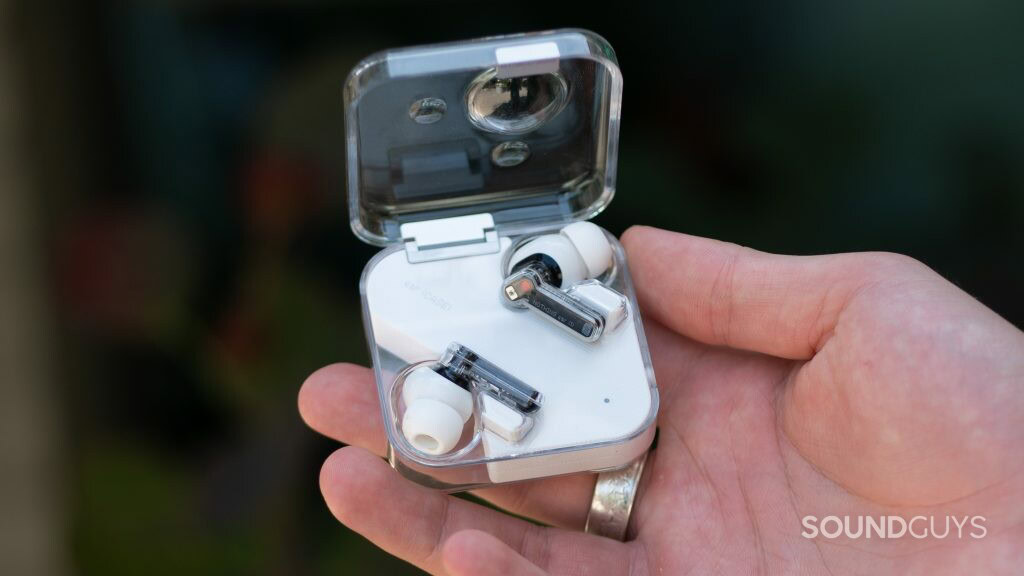
Part of Nothing’s long-term approach is a far-reaching ecosystem play. The natural course of action for most smartphone brands is to venture into adjacent product categories like audio and wearables. Nothing’s product trajectory has been the opposite of that by first building a set of earphones. Speaking about the challenges of building a smartphone brand, Carl mentions that sourcing components and finding suppliers willing to work with a startup was a significant hurdle.
According to Pei, it took the success of the Nothing Ear 1 and successive rounds of funding to secure components for the phone. However, building the smartphone now was the right choice. Pei adds, “For me, the smartphone is the engine. My bet is that audio-only brands are all going to die or be bought up by smartphone companies.”
Nothing's product strategy isn't dramatically different from most other brands, no matter the hype.
If this sounds like the same strategy we’ve seen from other brands, you’re not alone. OnePlus, OPPO, realme, Xiaomi, and, of course, Apple have followed the same route to market with audio products being sold as an upsell alongside phones. It makes you wonder exactly how different Nothing’s approach is here.
Pei’s answer to that is that Nothing plans to take a more open approach to partner integrations. An early example of this is the built-in controls for Tesla owners. Pei also mentions that in the future, the phone could automatically switch the Ear 1 into low latency mode when playing a game. However, that’s still in the future, and what we have today is just the promise of a connected ecosystem designed to work across brands.
Tapping into yet another hype-heavy ecosystem, Nothing has made a play in the crypto and Web 3.0 space. The company made waves by accepting cryptocurrency payments early on for the Nothing Ear 1. Part of the Nothing Phone 1’s launch was an NFT drop issued to community investors — an interesting choice for a company that has gone out of its way to brand itself as environmentally friendly. The notoriously energy-inefficient way to generate a digital art signature drew the instant ire of potential buyers. Meanwhile, an NFT gallery widget is included as part of the software package.
The focus on energy-guzzling crypto ventures puts in question Nothing's eco-friendly stance and its delay in developing software that matters — Android 13.
The focus on energy-guzzling crypto ventures comes across as hypocrisy considering the company’s message of minimizing impact and neutralizing its carbon footprint. Nothing even mentions the carbon footprint of the phone on the box itself. However, Pei seems unfazed.
Whether it’s carbon neutral, I think it’s not my main concern. My main concern is that 99% of the projects are scams, giving the space a very bad reputation. I believe in the tech stack, but I don’t believe in the applications of the tech we see today.
Talking to Pei about Nothing’s ambitions in the cryptocurrency space, he mentions that Nothing doesn’t have any plans to issue a coin, nor does it have any plans of launching a crypto-focused phone. Instead, the company has a small team of engineers experimenting with real-world applications of Web 3.0 technologies. What shape and form they might take remains to be seen.
Meanwhile, the company’s update window for the Android 13 rollout stands at an extremely vague first half of 2023.
A 20-year plan focused on a niche
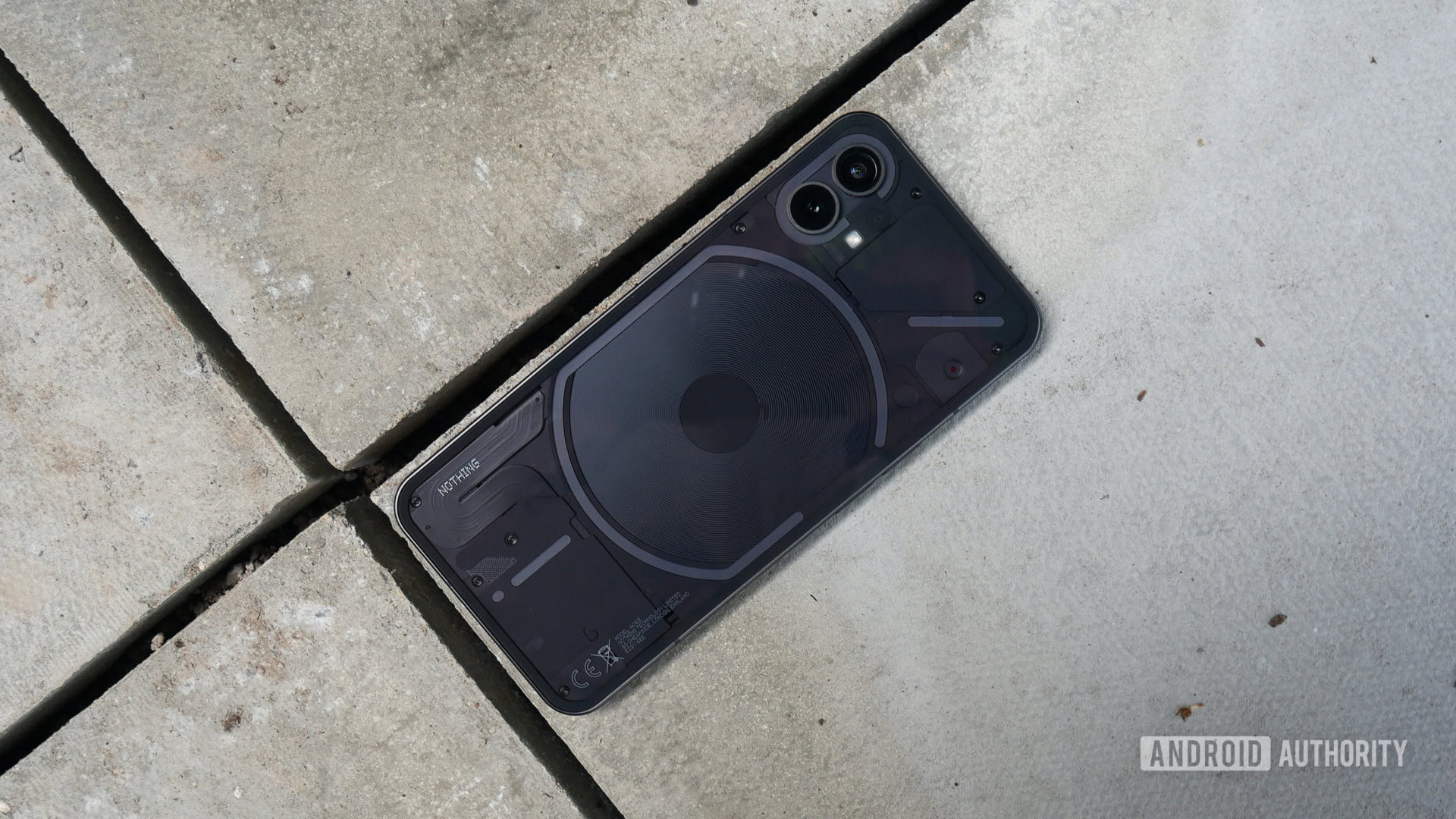
It’s hard to peg exactly what audience Nothing is aiming for. Sure, design might be a core tenet of the brand’s existence, but there’s more to a phone than glitzy lights and the promise of an extended ecosystem. The company’s tall ambitions are far away from fruition despite its proclamations of changing the smartphone industry. Moreover, its product offerings so far, while good, have strictly been mid-range fare with little beyond edgy marketing and a transparent look to set them apart.
How long can that schtick hold the attention of a notoriously fickle audience? Carl Pei believes that there’s enough room in the niche for the brand to operate comfortably, but a niche brand, by definition, can’t have the impact he envisions.
I think that’s like a 20-year problem and not a five-year problem for us. I think the market is so big, and there are so many brands catering to the masses because there are only a few big players who don’t happen to be targeting a niche. So even if we’re very differentiated, we probably have enough market to operate in for the next 20 years
Speaking to Carl Pei, Nothing comes across as a series of contradictions. What was marketed as an inflection point in consumer technology isn’t much more than a standard phone with a series of cool-looking lights and a better take on notifications. The company has sold buyers on the promise of an open and more connected ecosystem, however, much of that is yet to come. Similarly, the brand’s stance on being environmentally friendly is diametrically opposed to its experiments with crypto.
Pei’s enthusiasm for building a seamlessly connected world where technology just works is infectious, but Nothing risks losing out to the double-edged sword of hype as nothing but hot air until much or any of that pans out.
Next: Nothing Ear Stick Review: Great if you don’t like sticking things in your ears